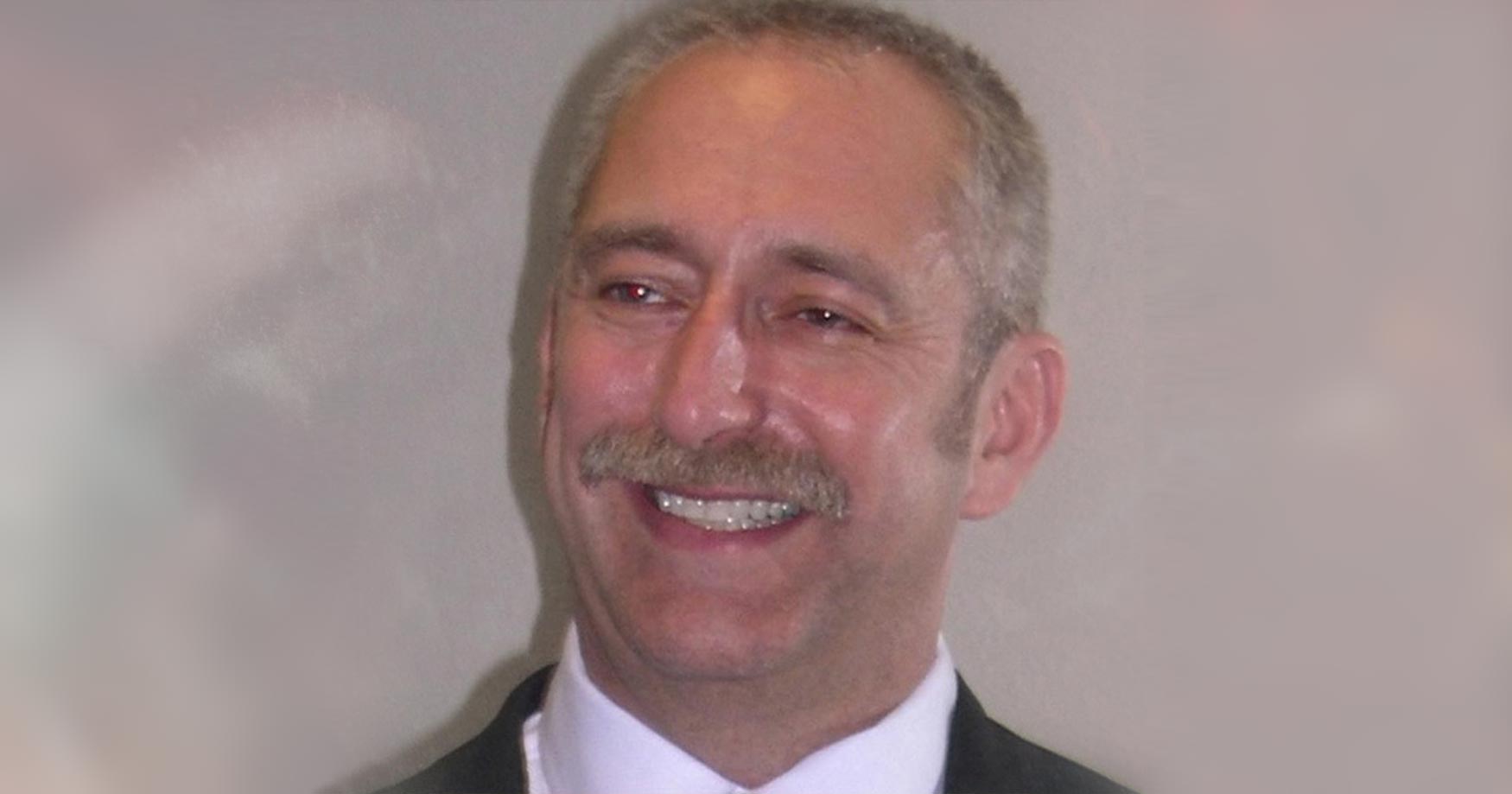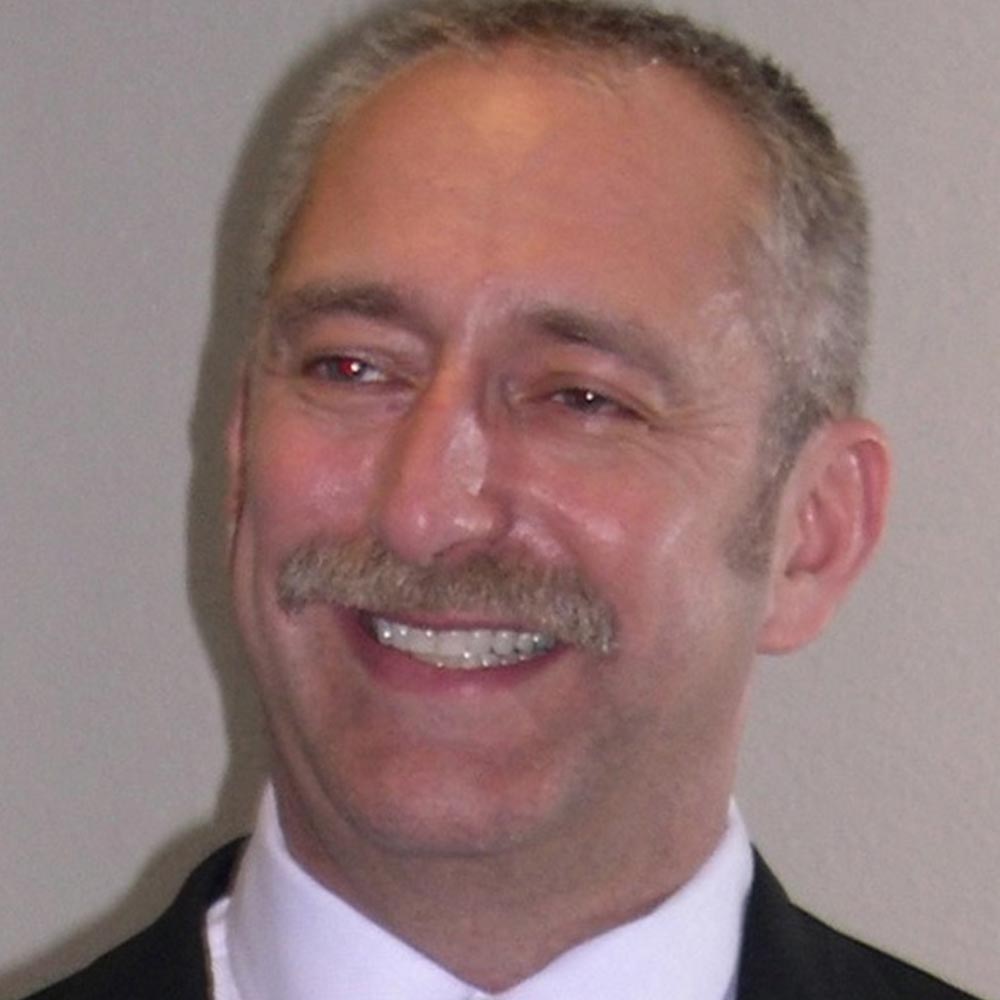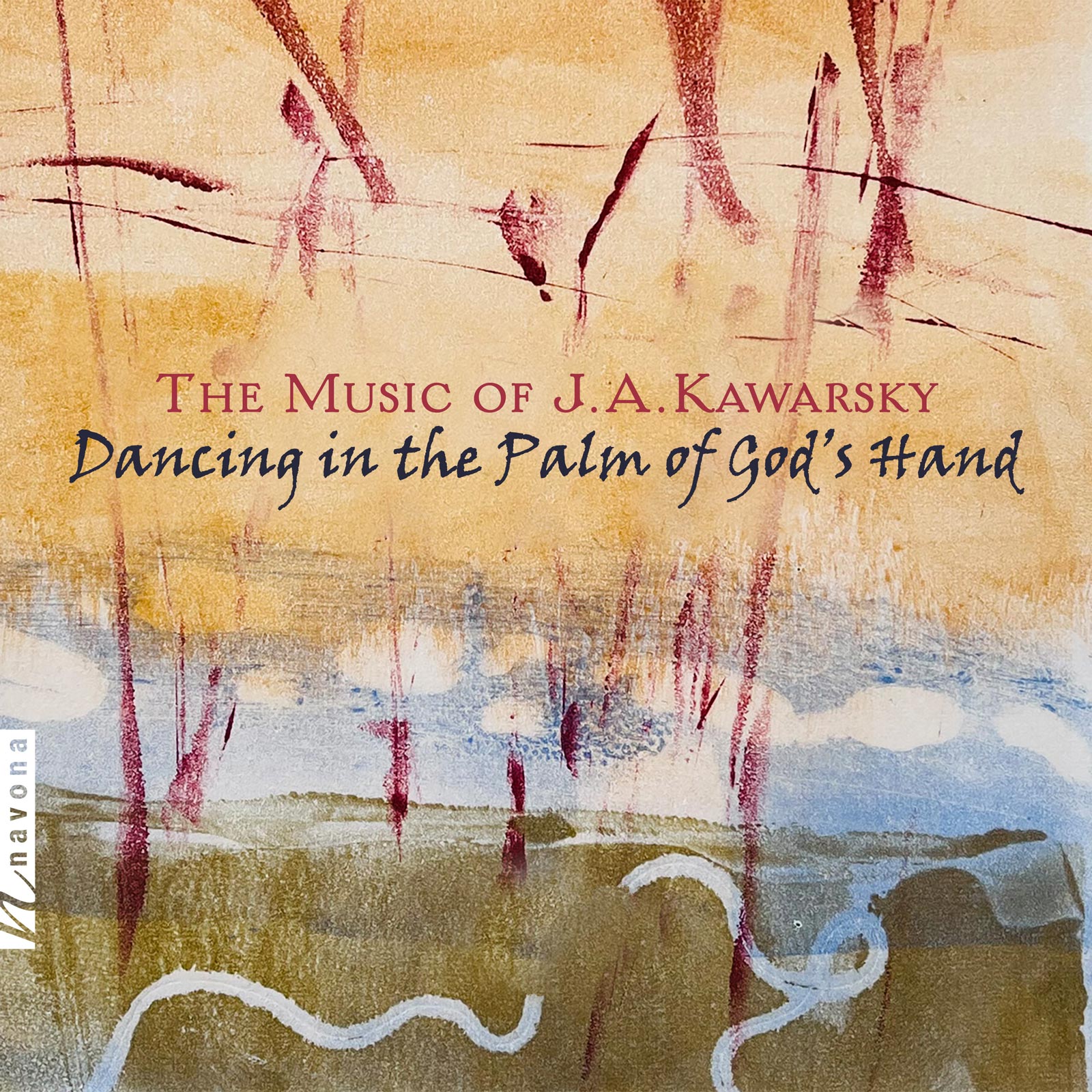
DANCING IN THE PALM OF GOD’S HAND from J.A. Kawarsky and Navona Records isn’t at all a typical worship album; rather, it’s a cross section through Kawarsky’s oeuvre that encompasses minimalist solo pieces, intimate chamber music, and grand orchestral works.
Today, Kawarsky is our featured artist in “The Inside Story,” a blog series exploring the inner workings and personalities of our composers and performers. Read on to learn about his fondest memories with his musical mentors, and the eye-opening performance of The Rite of Spring that solidified his love of Stravinsky’s music…
If you could collaborate with anyone, who would it be?
If I could collaborate with any poet, it would be Stacey Zisook Robinson, who died from Covid in 2021. She and I have worked on many projects over the past 30 years. The five songs/poems on DANCING IN THE PALM OF GOD’S HAND were nothing short of beautiful and stunning. Stacey knew what she wanted/needed to say and was the consummate poet. May her memory be for a blessing.
Who are your musical mentors?
My greatest mentor was a composer/professor Alan B. Stout (1932-2018). My purpose in studying at Northwestern was to find out what it “is” to be a great composer. Stout allowed me to learn how to listen, analyze, create, succeed, and perhaps fail. He was a true scholar and musician, and his extensive memory of music was “mind-boggling!” We met once a week for a “lesson” (i.e., discussion) and often met for lunch where we discussed the latest trends in composition or merely what the Chicago Symphony had performed the previous week. He is missed.
What’s the greatest performance you’ve ever seen, and what made it special?
The greatest performance I ever saw was the Joffrey Ballet’s recreation of the ballet The Rite of Spring as originally choreographed. Originally performed in 1913 by the Ballet Russes, the ballet was only performed 8 or 9 times. In 1971, Millicent Hodson and Kenneth Archer began the process of finding photos, costume designs and most important, a score marked by one of the original performers who still had a copy of Stravinsky’s score with ballet drawings. When finally re-introduced in 1987, the music of Stravinsky and the ballet finally made sense to me.
If someone looked at your musical library, what might you think they’d be surprised to find?
If one were to look at my recording library, he/she would be overwhelmed by the number of recordings of musical theater works that I own. Most of these are American but I also own recordings of interest from other countries. If looking for “serious composers,” music of Shostakovich, Stravinsky, Sondheim, Bach, Mozart, Beethoven, Prokofiev, and Britten would “stand out.” Choosing that one stand out piece, would be the 2nd movement of Symphony No. 7 of Beethoven (or if allowed to cheat, the perfect music theater song is At the Ballet from A Chorus Line).
If you weren’t a musician, what would you be doing?
Were I not a composer/musician/professor, I would be a mathematician. As I began college, I found myself living in the math library, but taking all the courses a music major would be taking. As with composing, mathematics presents problems to be solved — however, just because either is “solved” does not necessarily make them beautiful.
Where and when are you at your most creative?
I am most creative at home, in my office with a due date flying by.

Dr. J.A. Kawarsky (b. 1959) is Professor of Music Theory and Composition at Westminster Choir College of Rider University in Princeton in New Jersey. Kawarsky received his B.M. in composition from Iowa State University and his M.M. and D.M.A. from Northwestern University, where he studied with John Paynter, Alan Stout, and Frederick Ockwell. In 1982, Kawarsky conducted the Opera Company of the Negev Region in Be’er Sheva in Israel. Before coming to Westminster in 1989, he taught at Fort Hays State University, the University of Wisconsin, and Moraine Valley Community College.

